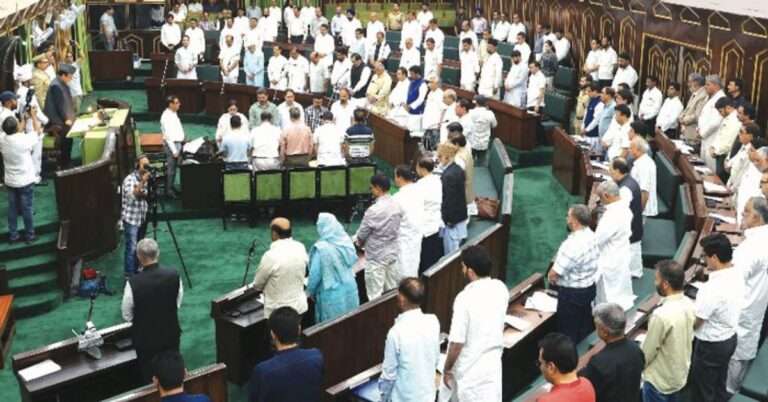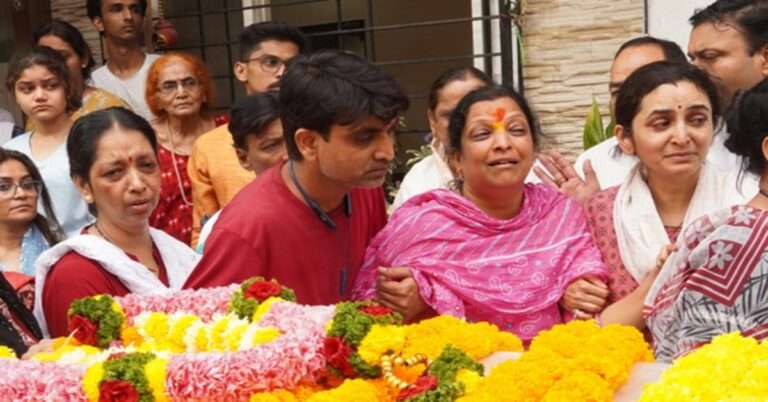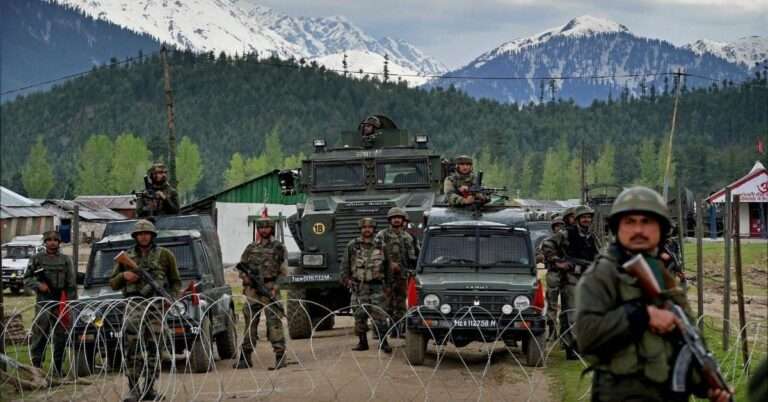
Exploring the Historic Ghoti-Bangal Rivalry in East Bengal
Have you ever wondered about the deep-rooted rivalries that shape the history and identity of a place? In the vibrant city of Kolkata, there lies a fascinating rivalry between two distinct communities – the Ghotis and the Bangals. This rivalry has not only influenced the social fabric of East Bengal but has also played a significant role in shaping the cultural landscape of the region for over a century.
Unveiling the Origins of Ghoti-Bangal Rivalry
The Ghotis and the Bangals trace their origins back to the partition of Bengal in 1905. The Ghotis are the descendants of the original inhabitants of West Bengal, while the Bangals are those who migrated from East Bengal (now Bangladesh) during the partition. This migration brought about a clash of cultures, languages, and traditions, leading to the formation of distinct identities within the Bengali community.
A Clash of Cultures: Ghotis vs. Bangals
The Ghoti-Bangal rivalry is not just about geographical differences; it encompasses a clash of cultures, ideologies, and worldviews. The Ghotis, with their roots in West Bengal, tend to uphold traditional Bengali customs, rituals, and languages. On the other hand, the Bangals, influenced by their East Bengal heritage, bring a unique perspective to the cultural tapestry of East Bengal.
**The Battle on the Football Field: East Bengal Club**
One of the most iconic symbols of the Ghoti-Bangal rivalry is the East Bengal Club, a prestigious football club in Kolkata. Established in 1920, the club has been a melting pot of Ghoti and Bangal supporters, each fiercely loyal to their respective communities. The rivalry between the Ghoti and Bangal factions within the club adds an extra layer of intensity to every match, making it a spectacle for fans and observers alike.
**Documenting History: A 104-Year-Old Journey**
Recently, a full-length documentary was released, offering a peek into the rich history and legacy of the Ghoti-Bangal rivalry in East Bengal. This documentary, spanning over 104 years, delves deep into the cultural nuances, social dynamics, and personal stories that have defined this historic rivalry. Through interviews, archival footage, and expert analysis, the documentary sheds light on the complexities and intricacies of the Ghoti-Bangal divide.
Bridging Divides: Embracing Diversity
While the Ghoti-Bangal rivalry may seem like a tale of division and discord, it also serves as a reminder of the beauty and richness of diversity. In a world where differences often lead to conflicts, the Ghoti-Bangal rivalry stands as a testament to the power of cultural exchange, mutual respect, and coexistence. By embracing their distinct identities and celebrating their shared heritage, the Ghotis and the Bangals continue to redefine what it means to be a part of the vibrant Bengali community.
Final Thoughts
As we delve into the historic Ghoti-Bangal rivalry in East Bengal, we come to realize that beneath the surface of cultural differences and social tensions lies a deep sense of camaraderie and unity. The Ghotis and the Bangals may have their own unique identities, but they are bound together by a shared history, a shared heritage, and a shared love for the vibrant city of Kolkata. So, the next time you witness the fierce competition between Ghotis and Bangals, remember that beyond the rivalry, there lies a story of resilience, diversity, and unity that continues to inspire us all.




